Knitting with Plant Fibers
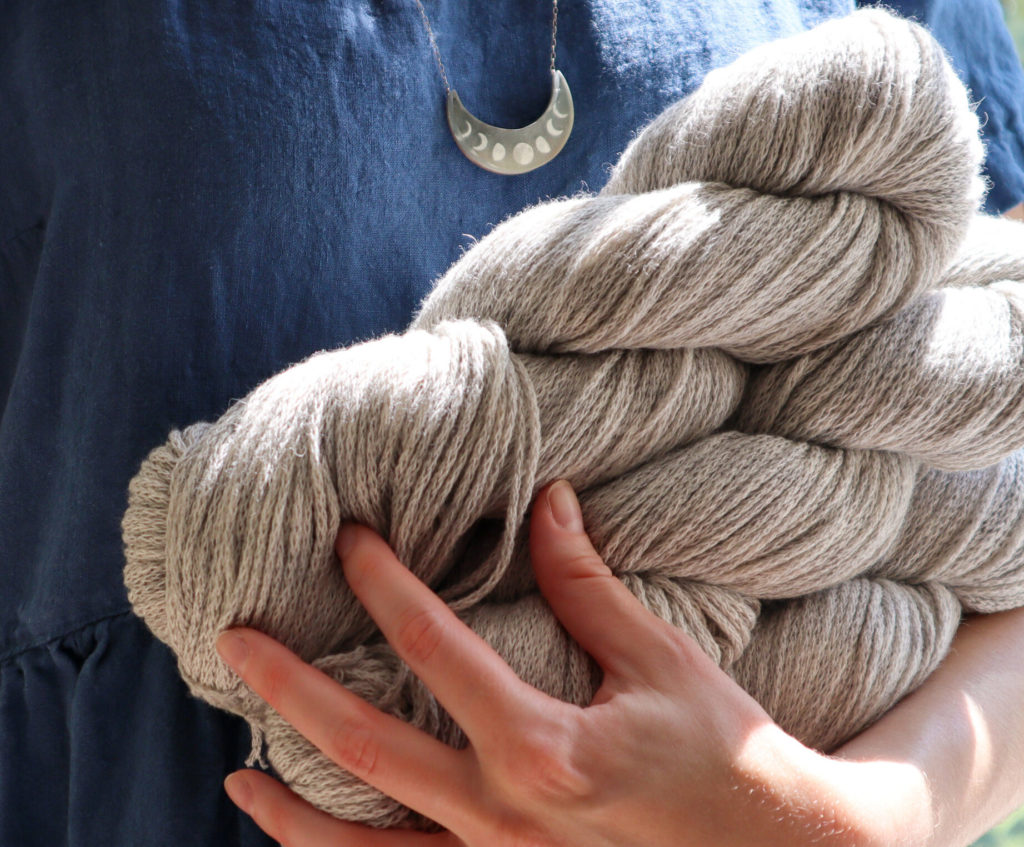
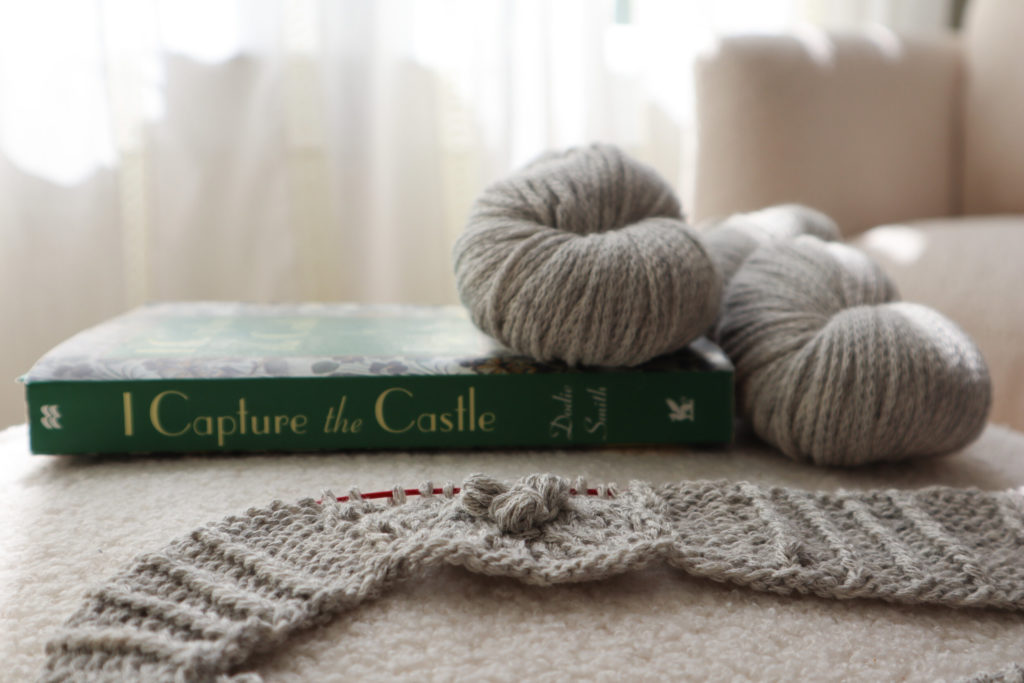
I am rereading a favorite novel of mine
I Capture the Castle is a coming of age story, narrated by seventeen year old Cassandra, as she observes her family while changes great and small begin to surround them in the broken-down castle in which they live. Set in the 1930s, in England, it begins, “I write this sitting in the kitchen sink.”
I often think of this line when writing, though I have not once sat in my kitchen sink to write. It is a small line, and maybe a strange beginning, if you are paying attention. And I think of it often, because it speaks to gaining a new view, to sitting somewhere you have never sat to see things in a different way. We could all do with a little of that, whether writing or not.
I have reread this book almost every time I’ve moved
(And I promise I will stop talking about moving soon, because truthfully, I am unpacked and my home feels like home. Though I still am learning my way around, I no longer feel in flux or like I am waiting for the pieces to assemble themselves so I can take a calming breath.)
Each time I reread it feels like discovering it anew. Though I am now much older than seventeen, Cassandra’s narration has a way of making the world feel youthful. It feels lovely to remember being so young. But I have found that many things in the world can evoke that feeling. And for me, making is among them, especially when I learn something new, and especially in a craft where I thought I knew it all.
I have been knitting since I was fifteen years old
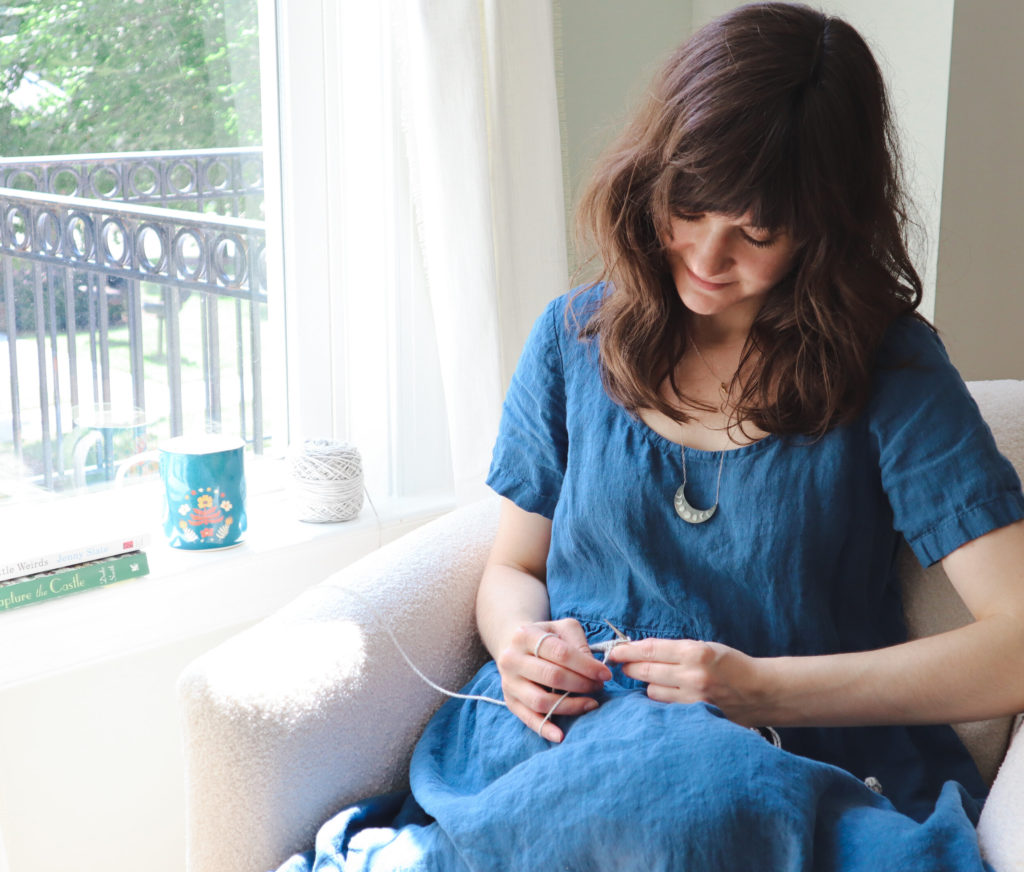
I knit with wool in the winter and in the summer, regardless of the weather, regardless of how long I have to wait to wear what I make. This particular summer, however, has forced me to try something else. For a lover of wool who lives in the South, learning to love knitting with plant fibers has been a slow process.
I thought maybe if I knit with fingering weight wool, I could wear my woolen things in a North Carolina summer. You know, at night, or early in the morning, or near the ocean where there is a gentle breeze. While that might still be possible, I have come to the conclusion that my new climate means it is time to embrace plant fibers like linen and cotton.
I knew most everything about knitting, but knitting with these yarns is a bit like going from sewing wovens to knits, or trying a slippery silk for the first time. All the techniques I usually use don’t work quite the same way.
I found this frustrating at first. I never mind being a beginner. But it was hard to feel like a beginner at something I am usually really good at. But once I let go of comparing the feeling of knitting with plant fibers to knitting with wool, and the desire to do it perfectly, I saw the possibilities inherent in trying something different.
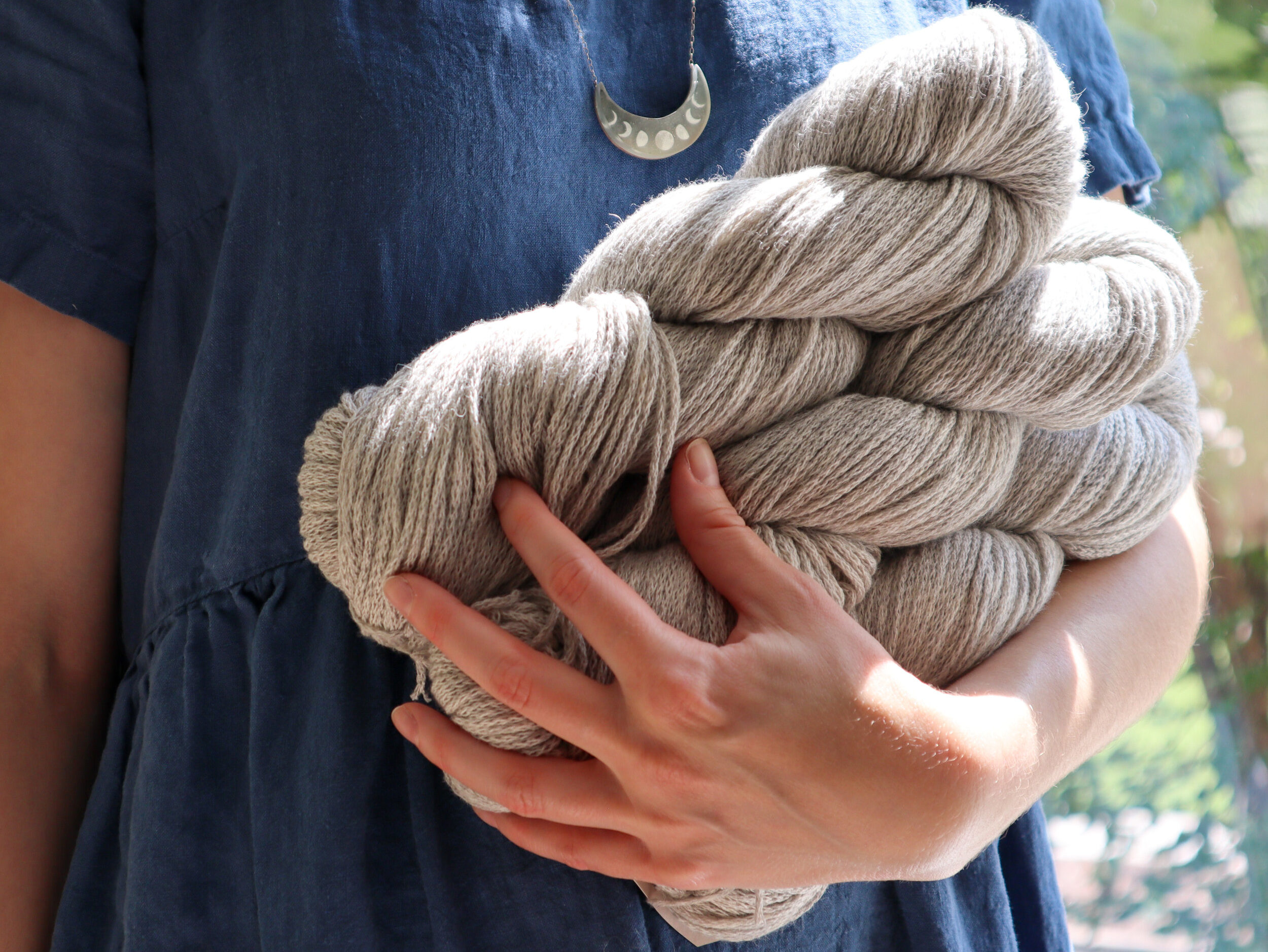
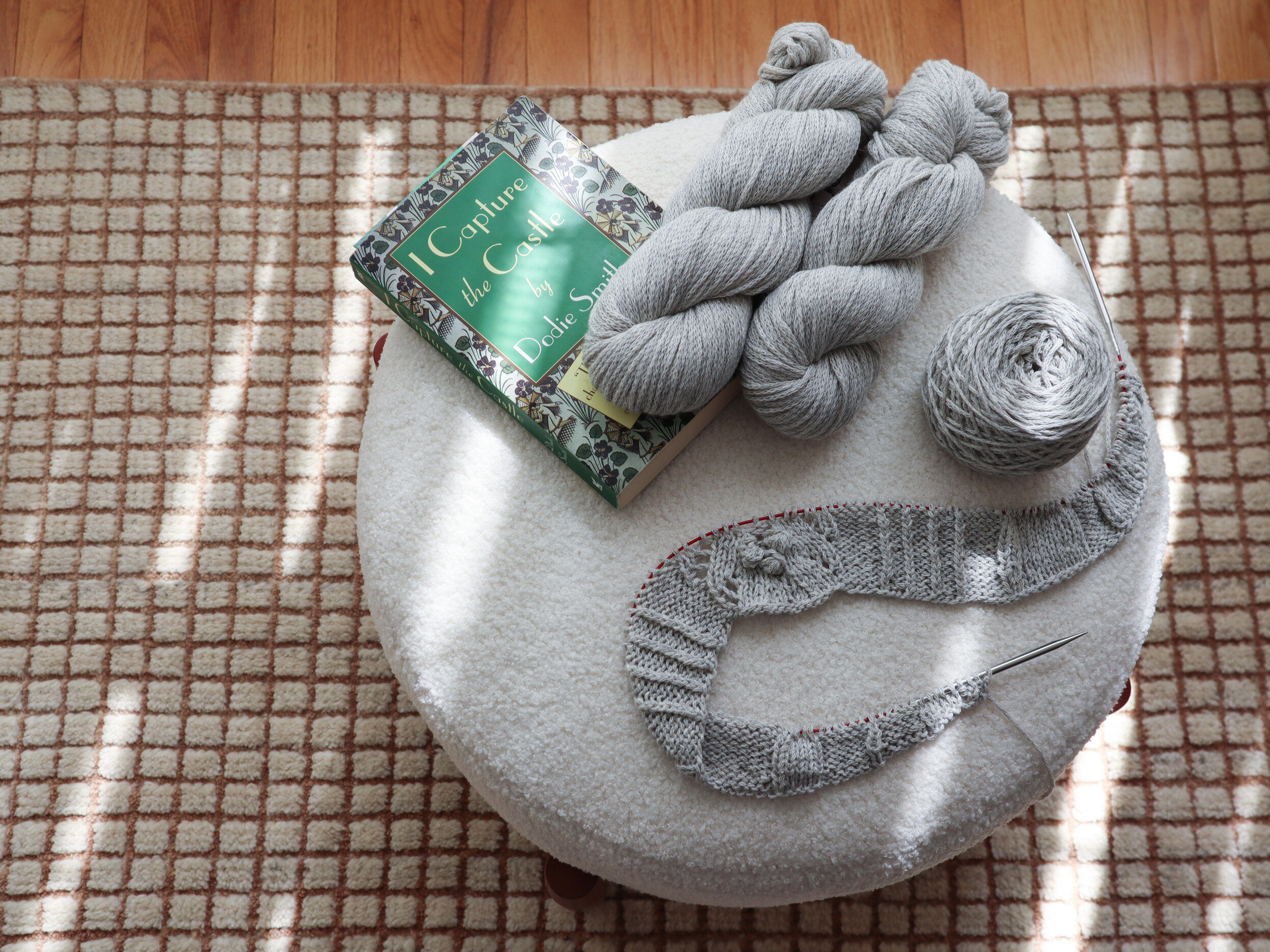
As I work with linen and cotton, there’s a few things I’ve found that make it easier. It depends on your preference, but metal needles have been much better for me than wooden ones when working with plant fibers. The ply and construction of the yarn also makes a difference.
A chainette structure, as in the Illimani yarn pictured, produces a lovely stitch, and has a bit more give than single or 2-ply structures. Lastly, starting with a blend made the transition a lot easier. This yarn has a just a bit of alpaca, which lends softness, but also stretch.
Knitting feels new again, and full of summery possibilities and beginnings. Below are a few summer patterns I am hoping to add to my never ending queue of projects.
I Capture the Castle begins at the rainy start of a cold Spring
Cassandra and her sister Rose are waiting for the weather to turn. There is, throughout the first section, and the whole novel, a current of anticipation. Knitting is a bit like this too, as you move through the rows or rounds and wait for the garment to take shape. It is a feeling I think I am often searching for. Turns out there are many ways to find it.


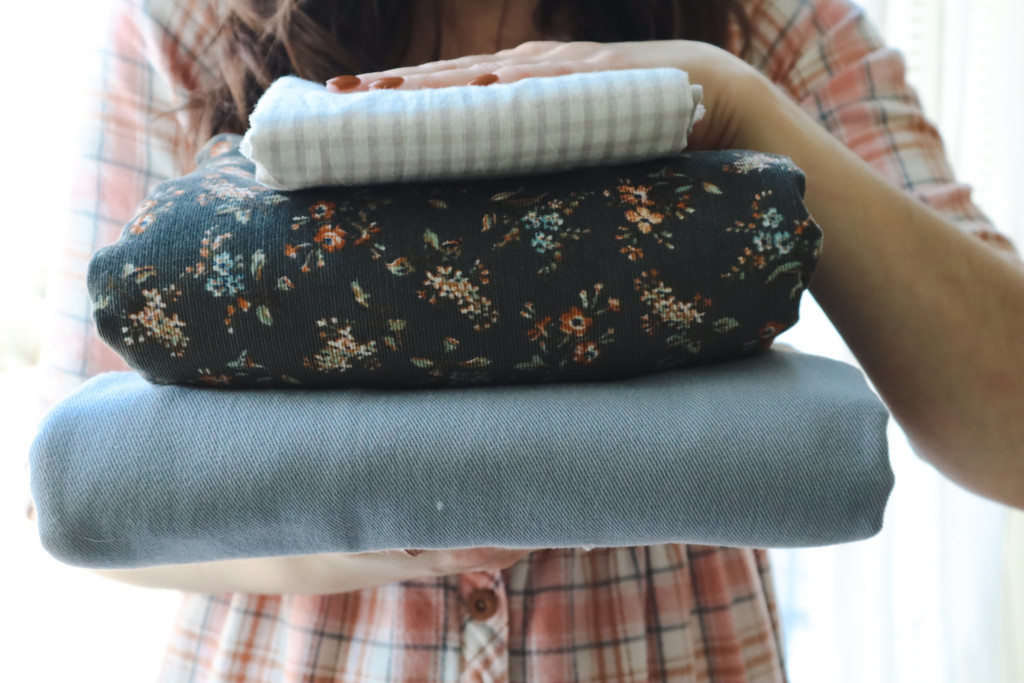
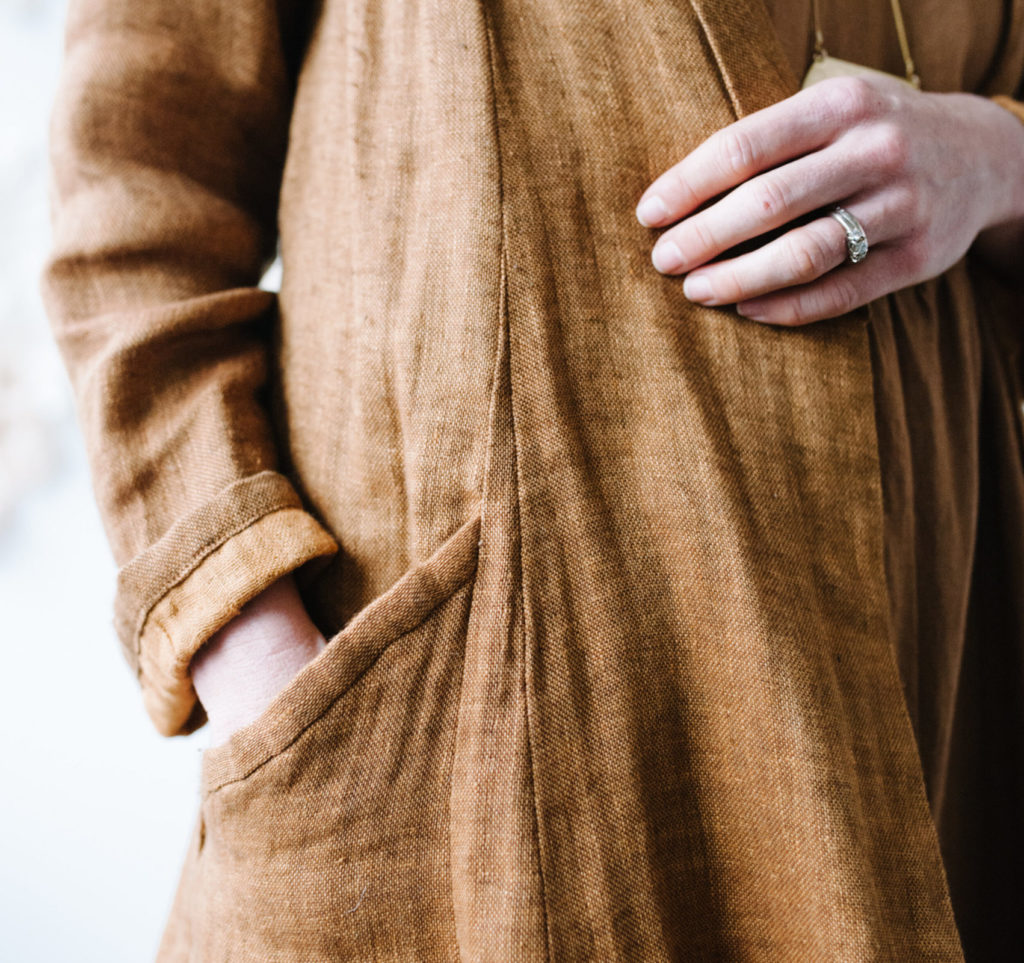
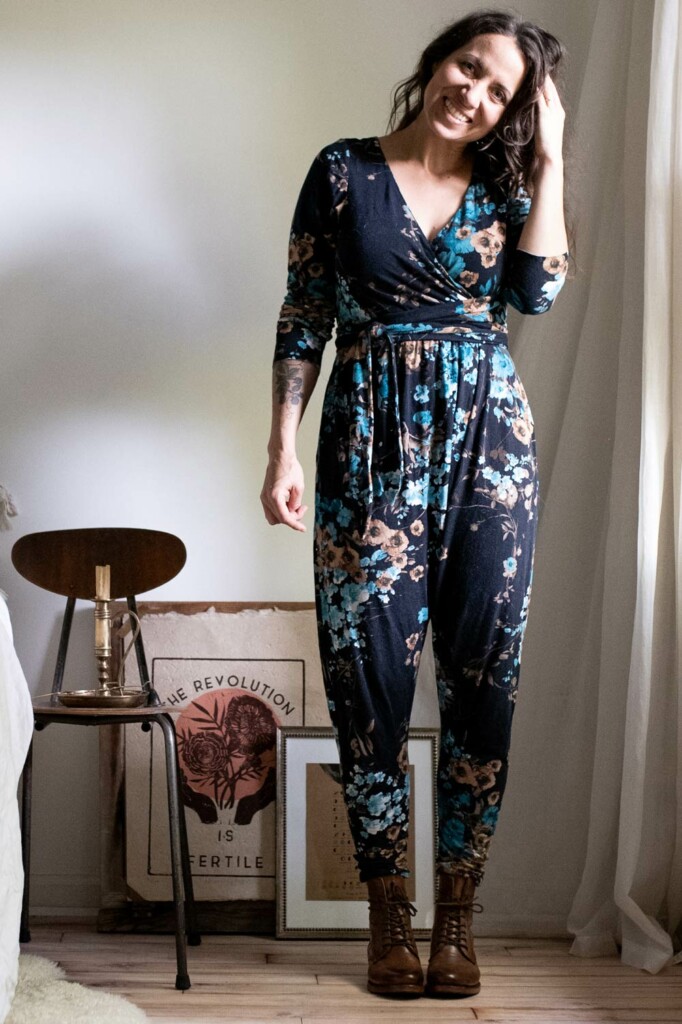
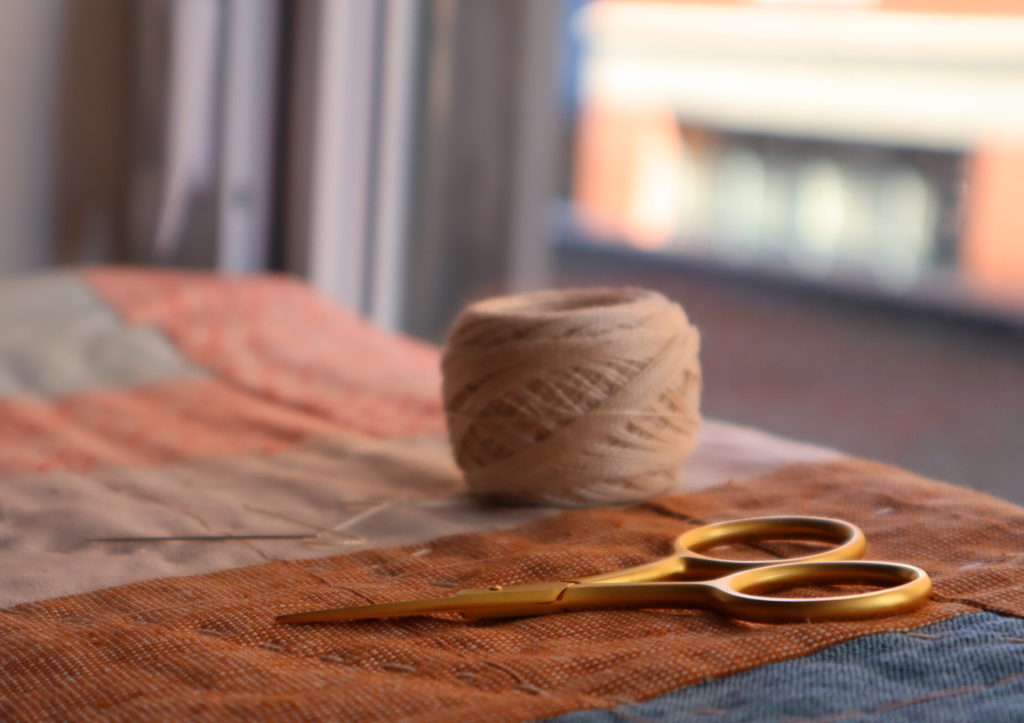
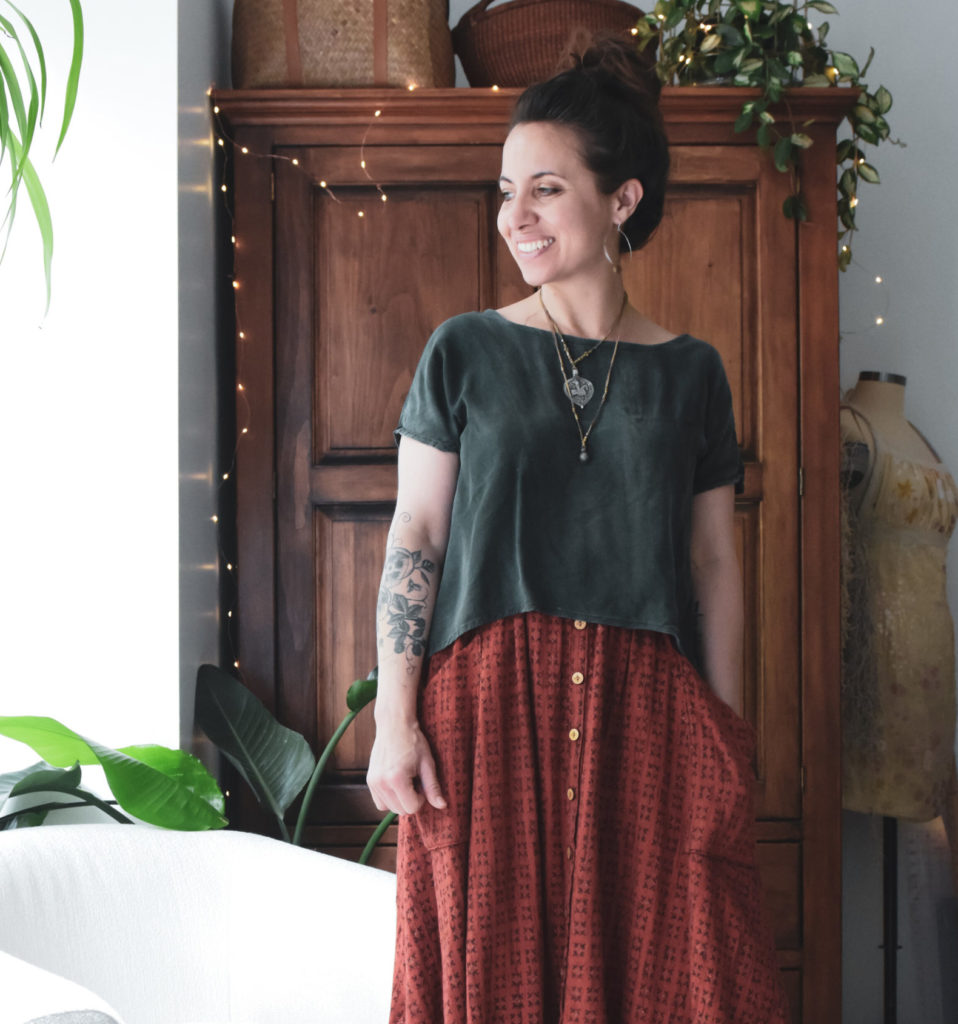
I can’t handle animal fibers, so plant fibers are all I know. I love playing with the different textures of line and silk and cotton and bamboo.
I will have to try bamboo! Haven’t knit with it yet.
I Capture the Castle is one of my favorite books! I read it when I’m having trouble feeling hopeful and it always helps.
It really does! Something about it is just very soothing.
Thank you for pointing me in the direction of this book, and toward the patterns you mentioned. My son knits for me and the Faye summer top looks delightful. Someday I will learn to knit, but my hands and brain have been crocheting for more than 50 years and the motions of that craft are deeply ingrained. Have a lovely summer!
I’ve been learning to crochet and it is so difficult to switch from knitting brain, so I completely understand!
I just finished reading I Capture the Castle for the first time. What a lovely book. I’m not a knitter but I’m sharing this with my daughter who is- especially since we live in a state south of you!.
Thank you! I hope your daughter enjoys the post as well!
I Capture the Castle is the best. It’s been a few years, I should probably do a reread.
Up in humid in the summer New England, I find Berocco Remix to be an excellent warm weather fiber, especially the Light/DK version. No wool, just 100% recycled fibers. I usually prefer natural, but being a larger size, I find most cotton hand knits too heavy for comfortable summer wearing. Linen is lovely, but harder to work with and spendy. Remix is a good alternative and I consider the recycled aspect to make it natural-adjacent.
I will have to try that yarn! Thank you for the rec!
I live in Colorado and wish I could knit with wool. But I can’t wear it; it’s like putting on an itchy torture device. It’s frustrating because I love the qualities of wool; I can wear UGG sheepskin boots and love how wool handles temperature changes (up to a point). But what feels soft to my hands makes my body go into itch overdrive. I’m glad Jennifer mentioned bamboo; I haven’t knit for a little while and I’d forgotten how soft bamboo is. What is sometimes a problem, though, is finding yarns in the fiber blends I like. Plant fibers are lovely, but acrylic blended in does give them more resilience and stretch. I just started sewing again, though, and I’m having way too much fun – the knitting will have to wait a little while. 🙂
Thank you for recommending I Capture the Castle – I loved it! Is the lovely dress you are wearing one you made? I have made quite a few Sew Liberated patterns. They are always admired!
As i have aged i have found most animal fibers have become unbearably itchy. Have you come across any knitwear designers that are particularly good with plant fibers? I love knitting with wool but would like to make myself something every now and then.
Irene Lin and Jessie Mae both have some lovely designs that use plant fibers.